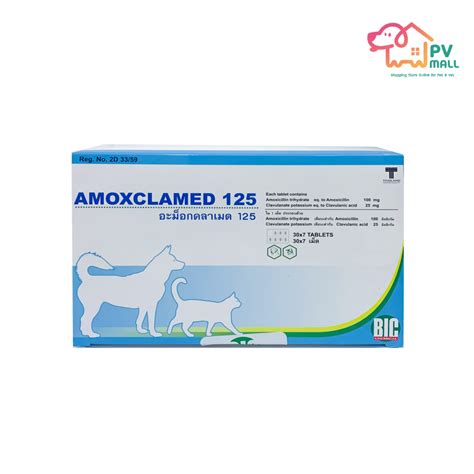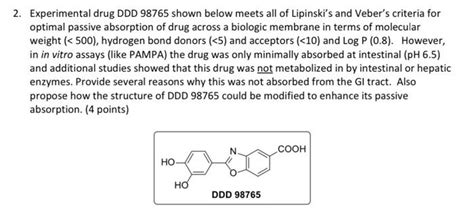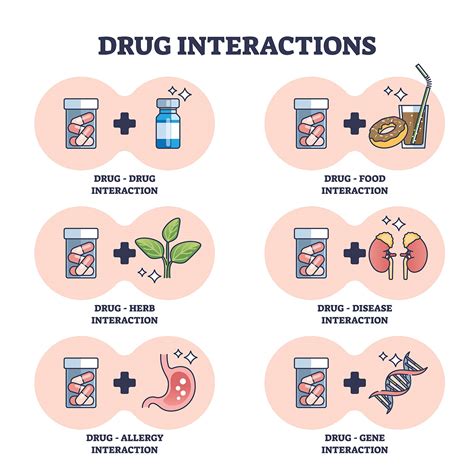Intro
Learn about Amox K Clav 875 125 Mg Dosage, a potent antibiotic combining amoxicillin and clavulanate, used to treat bacterial infections, with guidance on usage, side effects, and interactions, ensuring effective treatment and minimizing risks.
The importance of understanding the correct dosage of antibiotics like Amox K Clav 875 125 Mg cannot be overstated. This medication, a combination of amoxicillin and clavulanate potassium, is widely prescribed for various bacterial infections, including those affecting the skin, respiratory tract, and urinary tract. The dosage of Amox K Clav 875 125 Mg is specifically designed to tackle infections that are resistant to amoxicillin alone, thanks to the clavulanate component that inhibits beta-lactamase enzymes produced by certain bacteria. Misunderstanding or misusing the dosage can lead to ineffective treatment, increased risk of side effects, or the development of antibiotic resistance.
Given the broad application of Amox K Clav 875 125 Mg, it's crucial for patients, caregivers, and healthcare professionals to grasp the nuances of its administration. This includes not just the dosage itself but also the frequency of intake, potential interactions with other medications, and signs of allergic reactions or side effects. Furthermore, the rise of antibiotic resistance globally underscores the need for responsible use of these medications, adhering strictly to prescribed dosages and treatment durations to ensure both individual and public health safety.
The complexity of treating bacterial infections with antibiotics like Amox K Clav 875 125 Mg necessitates a comprehensive approach. This involves understanding the pharmacodynamics and pharmacokinetics of the drug, recognizing the symptoms and severity of the infection being treated, and being aware of patient-specific factors such as age, weight, and renal function that can influence the dosage. By delving into these aspects, individuals can better navigate the treatment process, ensuring they derive the maximum benefit from the medication while minimizing potential risks.
Understanding Amox K Clav 875 125 Mg

Amox K Clav 875 125 Mg is a specific formulation of the antibiotic combination amoxicillin and clavulanate potassium, where the numbers 875 and 125 refer to the milligram amounts of amoxicillin and clavulanate, respectively, per tablet. This combination is designed to extend the spectrum of activity of amoxicillin by overcoming resistance mechanisms in bacteria. The clavulanate component inhibits beta-lactamase enzymes, which are produced by certain bacteria to inactivate amoxicillin and other beta-lactam antibiotics.
Pharmacological Action
The pharmacological action of Amox K Clav 875 125 Mg involves the synergistic effects of amoxicillin and clavulanate. Amoxicillin acts by inhibiting cell wall synthesis in bacteria, leading to cell lysis and death. Clavulanate, by inhibiting beta-lactamase enzymes, protects amoxicillin from degradation, thereby enhancing its antibacterial activity against beta-lactamase-producing strains.Dosage and Administration

The dosage of Amox K Clav 875 125 Mg is typically administered orally, with the specific dosage and duration of treatment depending on the type and severity of the infection being treated. For adults, the usual dose is one tablet (875 mg amoxicillin and 125 mg clavulanate) every 12 hours or one tablet (500 mg amoxicillin and 125 mg clavulanate) every 8 hours. The dosage for children is adjusted based on weight.
Factors Influencing Dosage
Several factors can influence the dosage of Amox K Clav 875 125 Mg, including: - **Age and Weight:** For pediatric patients, the dosage is adjusted based on weight to ensure appropriate exposure to the antibiotic. - **Renal Function:** Patients with impaired renal function may require dosage adjustments to prevent accumulation of the drug. - **Hepatic Function:** While less common, significant hepatic impairment may also necessitate dosage adjustments.Side Effects and Allergic Reactions

Like all medications, Amox K Clav 875 125 Mg can cause side effects and allergic reactions. Common side effects include diarrhea, nausea, and vomiting. More severe reactions can include anaphylaxis, Stevens-Johnson syndrome, and toxic epidermal necrolysis. It's essential for patients to be monitored for these reactions and to seek immediate medical attention if they occur.
Minimizing Risks
To minimize the risks associated with Amox K Clav 875 125 Mg, patients should: - Take the medication exactly as prescribed. - Complete the full treatment course, even if symptoms improve before finishing. - Inform their healthcare provider about any history of allergic reactions to penicillins or other allergies. - Report any side effects promptly.Interactions with Other Medications

Amox K Clav 875 125 Mg can interact with other medications, either by enhancing their effects or by increasing the risk of side effects. For example, concurrent use with probenecid can increase amoxicillin levels, while allopurinol can increase the risk of rash. Patients should inform their healthcare provider about all medications they are taking.
Precautions and Warnings
Precautions and warnings associated with Amox K Clav 875 125 Mg include: - **Hypersensitivity Reactions:** A history of allergic reactions to any penicillin is a contraindication. - **Clostridioides difficile-associated diarrhea (CDAD):** Can occur with the use of nearly all antibacterial agents. - **Use in Pregnancy and Lactation:** Should be used during pregnancy only if clearly needed, and caution should be exercised when administering to a nursing woman.Conclusion and Future Directions

In conclusion, the appropriate use of Amox K Clav 875 125 Mg is critical for effectively treating bacterial infections while minimizing the risk of side effects and contributing to antibiotic resistance. As the medical community continues to navigate the challenges posed by resistant bacterial strains, adherence to prescribed dosages and treatment durations, along with responsible prescribing practices, will be essential. Future research should focus on developing new antibiotics and improving our understanding of resistance mechanisms to ensure that effective treatments remain available.
Final Considerations
For patients prescribed Amox K Clav 875 125 Mg, it is vital to follow the treatment plan closely, report any concerns or side effects to their healthcare provider, and complete the full course of therapy as directed. By doing so, individuals can help ensure the success of their treatment and contribute to the broader effort to combat antibiotic resistance.What is Amox K Clav 875 125 Mg used for?
+Amox K Clav 875 125 Mg is used to treat various bacterial infections, including those of the skin, respiratory tract, and urinary tract, by combining amoxicillin and clavulanate potassium.
How is Amox K Clav 875 125 Mg administered?
+Amox K Clav 875 125 Mg is administered orally, with dosages and treatment durations varying based on the infection type and severity, as well as patient-specific factors like age and weight.
What are common side effects of Amox K Clav 875 125 Mg?
+Common side effects include diarrhea, nausea, and vomiting. Severe reactions can include anaphylaxis and other allergic responses.
We invite you to share your thoughts and questions about Amox K Clav 875 125 Mg in the comments below. Your engagement helps us better understand the needs of our readers and provide more relevant information in the future. If you found this article informative, please consider sharing it with others who might benefit from this comprehensive overview of Amox K Clav 875 125 Mg.
